Haida Eagle Treasures
Traditional Stories and Memories from a Teacher of the Tsath Lanas Clan
PANSEY COLLISON
with original artwork by
Paul White


Copyright 2010, 2017 Pansy Collison
17 18 19 20 21 6 5 4 3 2 1
Thank you for buying this book and for not copying, scanning, or distributing any part of it without permission. By respecting the spirit as well as the letter of copyright, you support authors and publishers, allowing them to continue to create and distribute the books you value.
Excerpts from this publication may be reproduced under licence from Access Copyright, or with the express written permission of Brush Education Inc., or under licence from a collective management organization in your territory. All rights are otherwise reserved, and no part of this publication may be reproduced, stored in a retrieval system, or transmitted in any form or by any means, electronic, mechanical, photocopying, digital copying, scanning, recording, or otherwise, except as specifically authorized.
Brush Education Inc.
www.brusheducation.ca
contact@brusheducation.ca
Cover design by Dean Pickup
Printed and manufactured in Canada
Library and Archives Canada Cataloguing in Publication
Collison, Pansy, author
Haida eagle treasures : traditional stories and memories from a teacher of the Tsath Lanas clan / Pansy Collison.
Previously published: Haida eagle treasures : Tsath Lanas history and narratives / Pansy Collison. Calgary : Detselig Enterprises, 2010.
Issued in print and electronic formats.
ISBN 978-1-55059-748-6 (softcover).ISBN 978-1-55059-749-3 (PDF) 1. Collison, Pansy. 2. Haida womenBiography. 3. Haida Indians. I. Title.
E99.H2C657 2017971.11200497280092C2017-905998-X
C2017-905999-8

I dedicate this book to my family: my mother, Gertie White; my husband, Art Collison; and my children. I also dedicate this book to our Hereditary Chief: Ken Edgars and the Tsath Lanas Eagle Clan from Naden Harbour, Kung, and North Island.


Acknowledgements
It is with great gratitude that I thank Isabelle (Hill) Lewis, Jo Scott, Isaac White, and Art Collison for proofreading my book. I thank my cousin Dr. Frederick White for the meticulous editing and proofreading as well as providing guidance in writing my book. Thank you to Jamie Scott for teaching me various tips and tricks to use the computer. Thank you to Dr. George Deagle for providing a review of my book. Thank you to Hereditary Chief Thasi, Mr. Ken Edgars, and my grandmother, the Late Amanda Edgars, for giving me permission to write the stories about our clan. Thank you to Douglas Williams and Lena Edgars for giving me permission to write the Golden Spruce story. I thank my mother, Gertie White, for all her support and guidance in validating the Haida stories and sharing her life history with me for everyone to read and enjoy.

Preface
The material here is one of a kind among all the books published on or about Haida culture. The most important factor is that the author is not simply someone who has spent time studying the Haida people and culture, though she has studied both. It is not only that she has spent time studying the Haida language with Elders, listening to the stories of old, recording them, and then presenting them here. Rather, the difference is that the culture and language she studied are her own. The Haida Elders she spoke with were not simply informants about linguistic or cultural information they were her close relatives. In fact, no Elder gave the author more insight into the richness of Haida culture than her own mother.
Some of the great differences we see in other books about Haida culture and this book are related to the reasons for researching, documenting, transcribing, writing, and revising. Previous research on the Haida its people, culture, language, and history has been conducted because of various motivations. A masters thesis, a doctoral dissertation, or an item on list for tenure or promotion are academic explanations for such endeavors, though other times it may be love, respect, or even intrigue with Haida culture that sparks such responses. Historically, such research has benefited the Haida community little because, though the Haida have been the target of the research, they have not been the audiences for the research. It usually has been the mainstream or academic community that served as the audiences for the books and articles published. This book reverses that trend. While certainly including the mainstream audience because of the wealth of narrative and cultural content, it is for the Haida community first and foremost.
Moreover, the authors own purpose sets this book apart, for her intention is to honor the memory of her mother and grandmother. Honor, and its reciprocity, is deeply rooted in Haida culture and is one of the most important aspects of Haida interrelationships. The author has chosen to devote this book to what she has learned and gained from the most important relationship in the Haida community, her mother.
The book is full of oral history, contemporary issues in the Haida community and in First Nations communities, and personal narratives and poems of her place in that society. She documents her own participation in two cultures: her place within Haida traditions and her role as a teacher in mainstream culture.
That she is an insider sets her apart as a researcher and writer of Haida history and culture. She is not from some other part of the world and will not be going back there after she has published this book. She is from the area and will remain in the area long after the book is on the shelf. Being an insider affords greater familiarity with Haida culture, simply on the basis of ownership and identity. The narratives she writes about Haida culture and history are not separate from her own history; they are her history. But far from the mainstream notion that indigenous people cannot objectively study their own cultures, this book proves that being indigenous does not invalidate any attempt to be academic as well. While the negative notion that indigenous people are unqualified to study their own culture objectively remains largely unchallenged, this book by its existence challenges any such notion.
It is Pansy Collisons connection to Haida culture that unifies her personal narrative with her mothers or the other Elders she is involved with as she learns the language, stories, and skills that her mother and grandmothers have passed down to her. The bond to Haida history and identities are integral throughout the Elders stories and in her personal narrative. As she prepares for life and then encounters life in the mainstream, the lessons from her Haida apprenticeship become a springboard for creativity and a foundation to endure and overcome hardships. She becomes a role model along the way and a mentor to those who aspire to do the same. All these efforts and experiences combine to infuse her contributions to the career she has chosen, being a teacher.


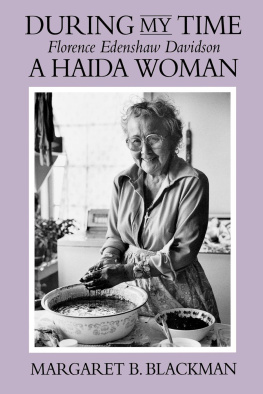

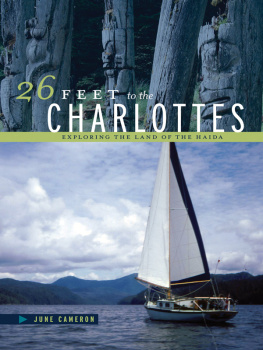
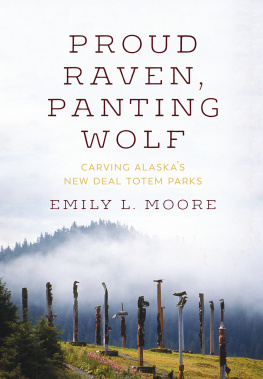
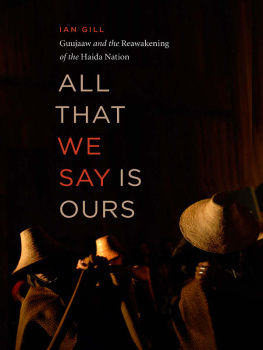

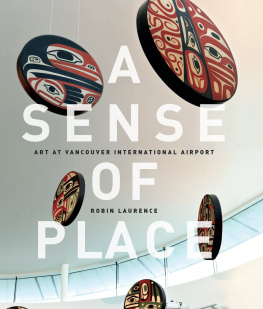
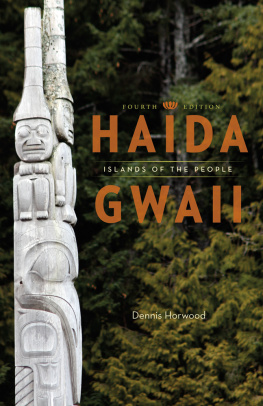





 Acknowledgements
Acknowledgements Preface
Preface